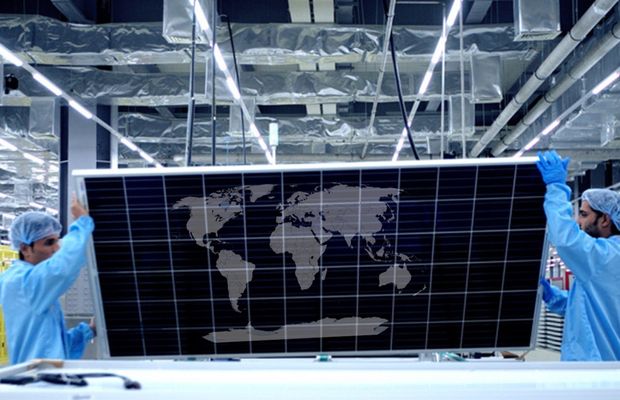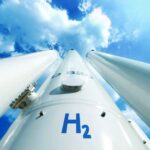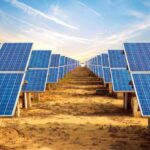Countries in West Asia continue to focus on solar capacity as well as manufacturing with some success. The latest to join the manufacturing bandwagon in the sun drenched region is Oman, where Chinese solar manufacturer Q-Sun Solar has signed a deal to develop a 10GW n-type solar module and cell manufacturing facility.
According to Q-Sun, the new facility would produce 8GW of solar modules and 2GW of cells in the Sohar free port region of Oman. While a time frame has not been provided, Omani media puts the timeline as 2026 end. Solar demand, while not as high currently, could ramp up fast in the middle east should planned Green Hydrogen plans move forward by 2027-28. In that case, the region could easily absorb over 100 GW of extra solar capacity by 2032, according to announced plans.
Q-Sun’s local partner in Oman will be Bakarat Investment.
Much like Saudi Arabia’s Vision 2030, Oman also has a well articulated Vision 2040” initiative, which has a high focus on supporting local manufacturing, clean energy and other aspects the sultanate considers critical to its long term well being.
The announcement for Oman follows other large deals that have been signed in the Middle East, notably Saudi Arabia’s multiple deals with Chinese solar manufacturers. Those deals have been hyped up to be as large as $30 billion dollars worth eventually, covering everything from polysilicon to module manufacturing eventually. From starting off as plants that would serve local demand, plans have quickly expanded to target some exports as well now, as energy costs in the middle east could make production very competitive.
Countries including Oman also have a free trade agreement with the US, giving manufacturers in the country a significant opportunity to export to that market, set to be worth over 50 GW annually over the next few years. However, the big risk remains the growing solar manufacturing capacity in the US itself, thanks to the largest initiative of the Biden administration, the Inflation Reduction Act.
For Chinese manufacturers, building capacity outside China would best make sense if it’s more of a shift in production base, rather than fresh capacity additions.




